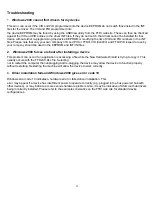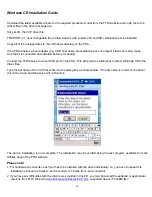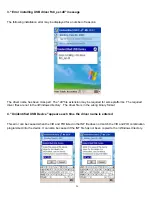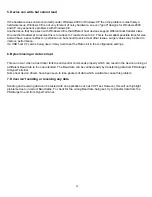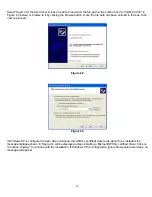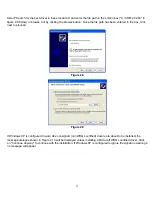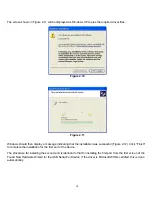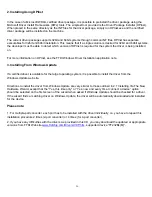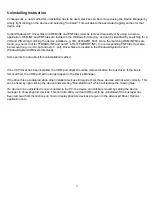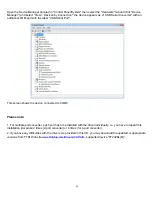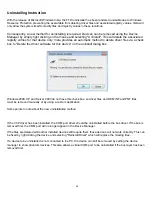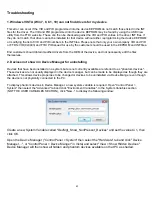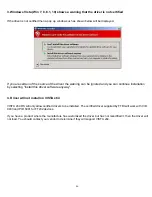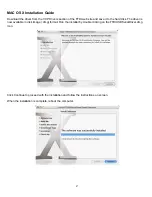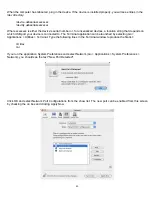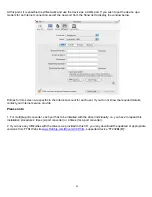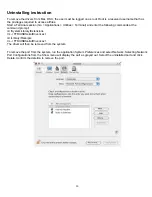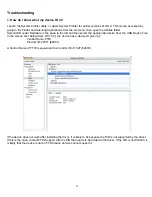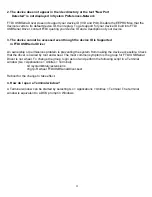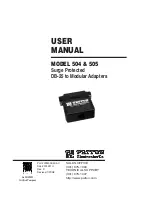
37
Uninstalling Instruction
Consequently, a new method for uninstalling has to be used. Devices can be removed using the Device Manager by
simply right clicking on the device and selecting "Uninstall". This will delete the associated registry entries for that
device only.
Under Windows XP, driver files and OEM INF and PNF files must be removed manually or by using a custom
application. OEM INF and PNF files are located in the Windows\Inf directory and can be identified by searching for a
VID and PID string matching the device installed e.g. VID_0403&PID_6001. Once the matching OEM INF files are
found (e.g. oem10.inf for FTDIBUS.INF and oem11.inf for FTDIPORT.INF), the corresponding PNF files must also
be removed (e.g. oem10.pnf and oem11.pnf). Driver files are located in the Windows\System32 and
Windows\System32\Drivers directories.
Some points to note about this uninstallation method:
If the VCP driver has been installed, the COM port driver should be removed before the bus driver. If the bus is
removed first, the COM port will no longer appear in the Device Manager.
If the driver files are deleted while other installed devices still require them those devices will not work correctly. This
can be fixed by right clicking the device and selecting "Reinstall Driver" which will replace the missing files.
If a device to be uninstalled is not connected to the PC, the device can still be removed by setting the device
manager to show phantom devices. This can also allow a virtual COM port to be uninstalled if the bus layer has
been removed first. Instructions on how to display phantom devices are given in the Advanced Driver Options
application note.

